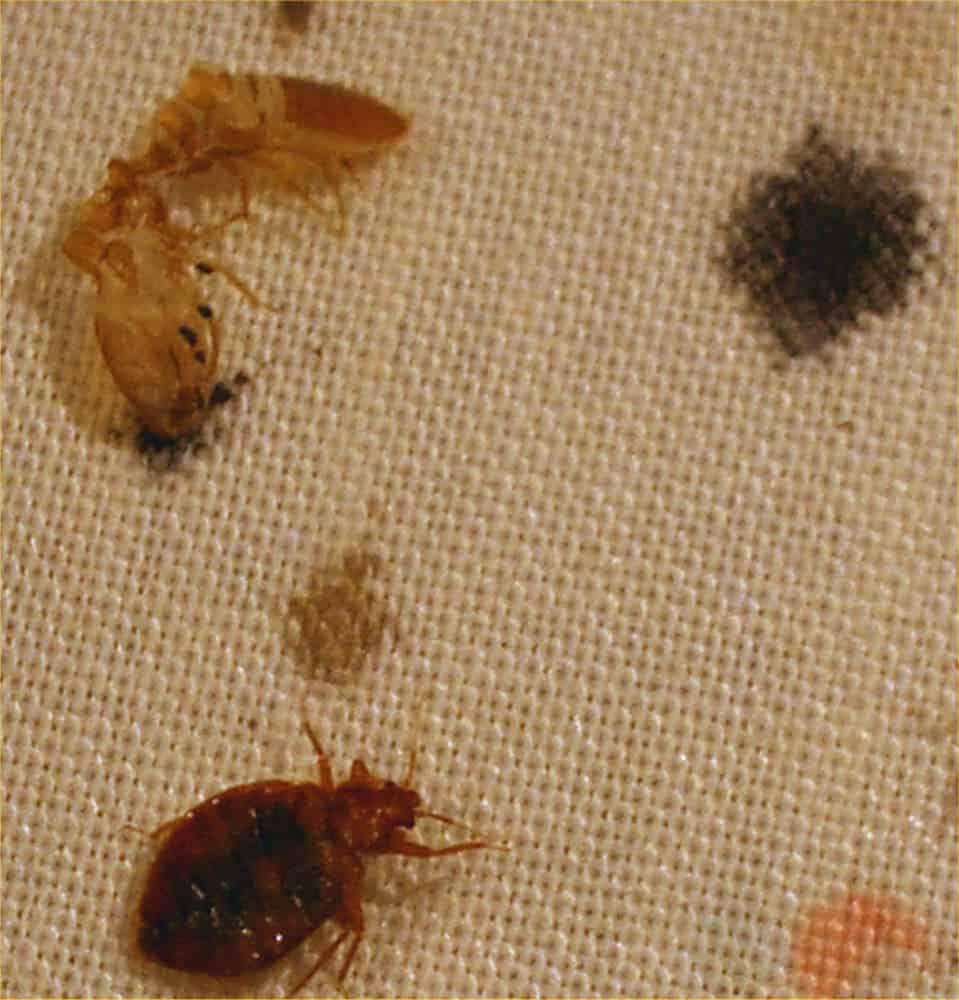Have you ever been surprised to find little shell-like objects in your home and wondered what they could be? If so, you may have encountered bed bug shells. I’m here to uncover the mystery behind these bugs and answer the question – what do bed bug shells look like?
Types of Bed Bug Shells
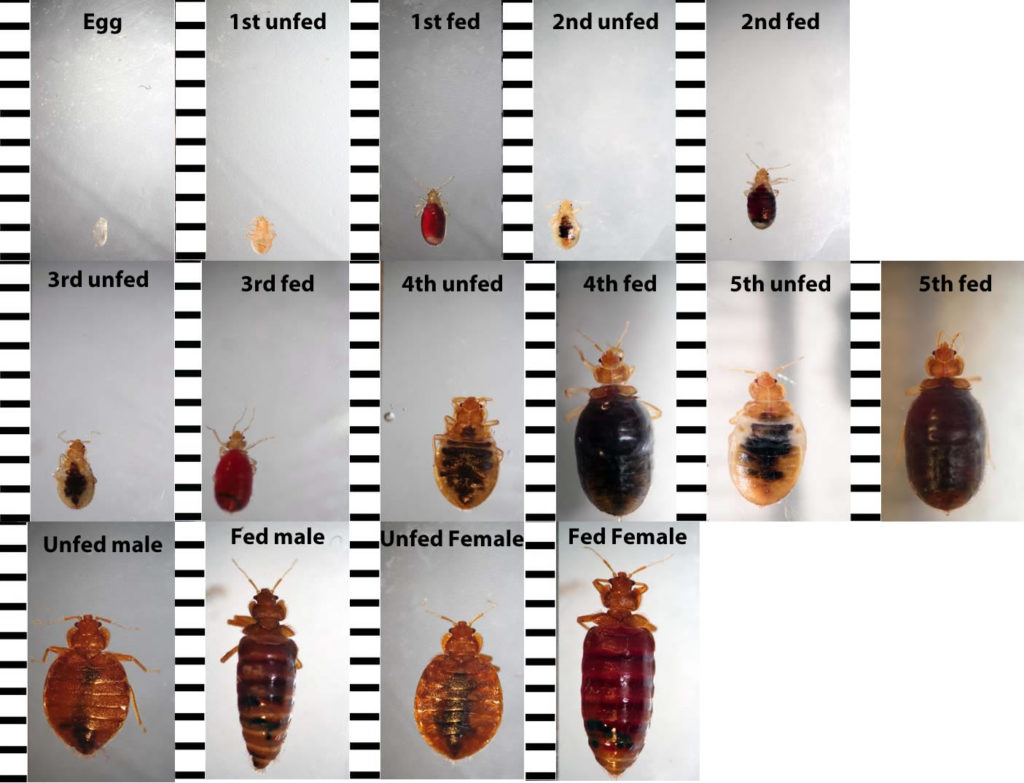
Bed bug shells are the exoskeletons that bed bugs shed periodically throughout their life cycle. Bed bug shells come in two varieties, cast skins and fecal shells. Cast skins are the shells that bed bugs molt when they are growing. Fecal shells are the shells that are left behind after a bed bug feeds.
Cast skins are typically translucent and have a golden hue. They look like a hollowed out version of the bed bug itself. Fecal shells are a bit harder to identify. They are usually a dark brown color and can be found near areas where the bed bug has recently fed.
Both cast skins and fecal shells are important indicators of a bed bug infestation. If you find any of these shells in your home, it is an indication that bed bugs are present. It is important to take action as soon as possible to prevent an infestation from getting worse.
Appearance of Bed Bug Shells

Bed bug shells, or exoskeletons, can be seen with the naked eye. They are light to medium brown in color, and are oval-shaped, resembling a flattened apple seed. The shells are made up of hardened plates that are connected by a thin membrane. The exoskeleton becomes darker as the bed bug molts and reaches maturity.
Bed bug shells are typically 1.5-3mm long and 0.5-2mm wide. The shells of bed bug nymphs are translucent, making them difficult to spot. The best way to identify bed bug shells is to look for them in the crevices and cracks of mattresses, furniture, and other areas where the pests are known to hide.
| Size | Color | Shape |
|---|---|---|
| 1.5-3mm long | Light to medium brown | Oval-shaped, resembling flattened apple seed |
Color of Bed Bug Shells

Bed bug shells are translucent, and vary in color from white to yellowish brown to a reddish-brown. After a bed bug feeds, its abdomen swells, turning a reddish color. As the bug matures, its shell becomes harder and darker. Bed bug eggs are white, and become yellowish-white when the egg is ready to hatch. Bed bugs that haven’t fed recently will appear more pale, while those that have recently fed will appear darker.
Bed Bug Shedding
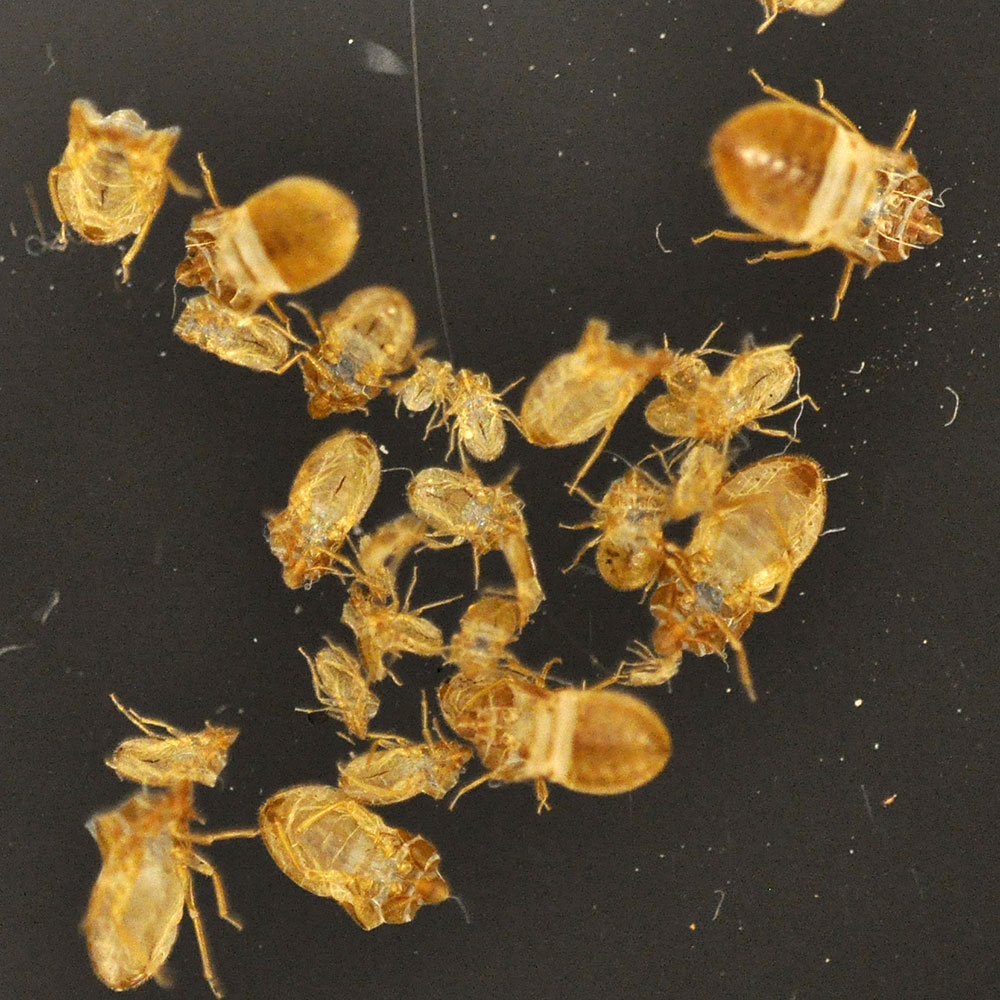
- Bed bugs undergo several stages of development, which include molting, or shedding their exoskeletons.
- This process is known as ecdysis and it happens five times during the lifecycle of a bed bug.
- During ecdysis, bed bugs will shed their exoskeleton and grow a new one that is larger in size.
- The exoskeleton of a bed bug is often discarded near their hiding spot, making it easy to spot.
- The discarded exoskeleton will have the same shape as the bed bug, but it will be hollow and look like an empty shell.
- The color of the exoskeleton will range from a light tan to a reddish-brown and it will also be covered with a thin layer of wax.
- The discarded exoskeleton will also be slightly brittle and can easily be crushed between your fingers.
Bed Bug Molting
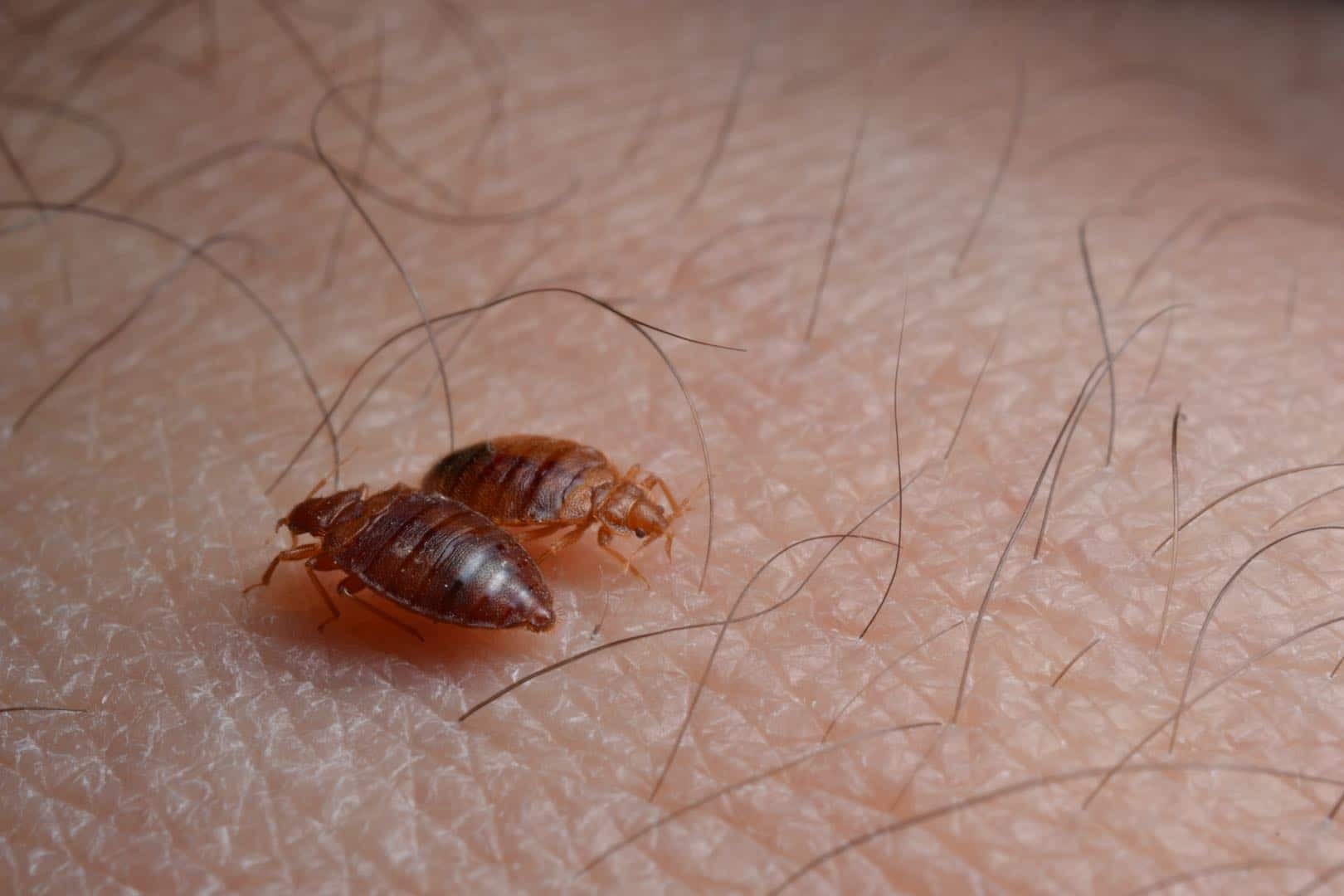
- I go through several stages of development as I grow, which include molting.
- Molting is the process of shedding my old exoskeleton, which allows me to grow.
- My old exoskeleton splits down the middle of my back and I come out looking like a white, almost translucent version of myself.
- After the process is complete, my new shell hardens and darkens, allowing me to resume my normal activities.
- My old exoskeleton is left behind, which is what you will see when looking for bed bug shells.
- These shells will be light in color and will be slightly larger than my actual size, since I was in the process of growing.
Bed Bug Cast Skins
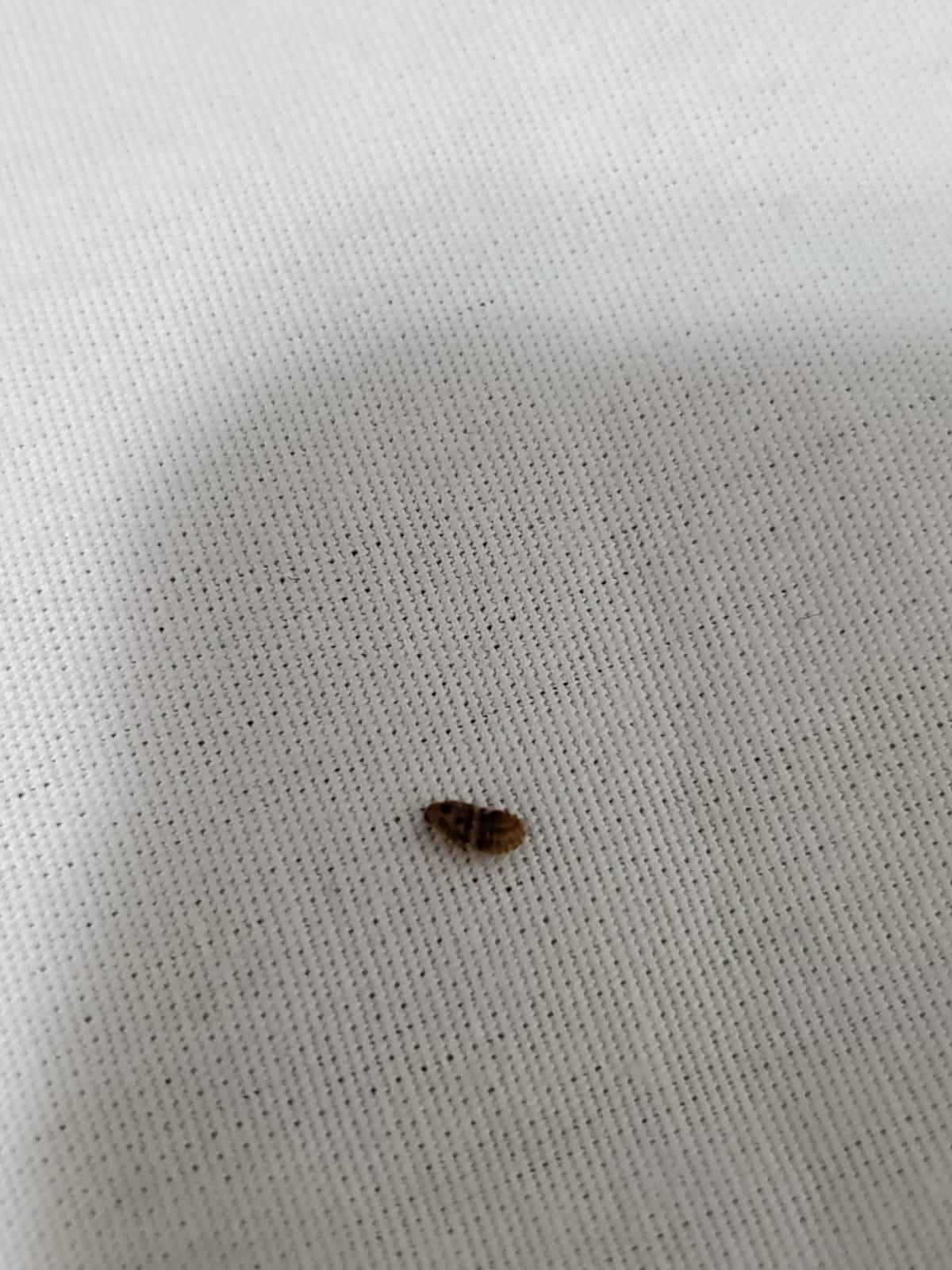
Bed bugs shed their exoskeletons as they grow, leaving behind cast skins. These skins are often the first sign of an infestation and can be found near the places where bed bugs hide. Bed bug cast skins look like an empty bed bug exoskeleton, with a hollow abdomen, legs, and antennae.
| Appearance | Color |
|---|---|
| Exoskeleton | Light brown |
| Abdomen | Hollow |
The color of the exoskeleton is typically light brown and the abdomen is hollow. Bed bug cast skins can be found in bed frames, mattress seams, and other places where bed bugs hide. They can also be found in cracks and crevices in and around the furniture and walls.
Bed bug cast skins are an important indicator of an infestation, so it’s important to look for them and take action if you find them. If you do find bed bug cast skins, it’s important to contact a pest control professional as soon as possible.
Other Characteristics of Bed Bug Shells
- Bed bug shells are usually brown, although they can be yellowish or even a reddish-brown color.
- The shells are oval-shaped and relatively flat.
- The shells have a quite distinct texture, with ridges and bumps.
- The shells are quite thin, usually only a few millimeters thick.
- The shells are usually quite small, usually around the size of a sesame seed.
- The shells may be slightly translucent, allowing you to see the body of the bed bug underneath.
- The shells may be slightly sticky or waxy, due to the oils and waxes secreted by the bed bug.
Bed Bug Shells: Prevention and Control
Bed bug shells can be a telltale sign that you have an infestation in your home. These hard, brown-colored shells are the exoskeletons of bed bugs after they have shed their skin during the molt process. They are usually found near beds, couches, and other areas where bed bugs are likely to hide.
The most effective way to prevent bed bug shells is to take preventive measures against a bed bug infestation in the first place. Regular vacuuming and laundering of fabrics, linens, and rugs can help to reduce the number of bed bugs in your home. Keeping your bed and furniture away from walls and other surfaces can also help to reduce the risk of attracting bed bugs.
If you already have a bed bug infestation, the next step is to control it. To do this, you’ll need to use insecticides and other treatments specifically designed to kill bed bugs. These treatments may need to be applied to furniture, carpets, and other surfaces where bed bugs can hide. It’s also important to use an integrated pest management approach, which involves carefully monitoring the infestation and taking all necessary steps to eradicate it.
The final step in controlling bed bug shells is to make sure that you’re regularly inspecting your home for any signs of bed bugs. This includes looking for bed bug shells, as well as live bed bugs and their eggs. If you find any, you’ll need to take action right away to get rid of them.
Frequently Asked Questions
What is the mystery behind bed bug shells?
Bed bug shells are the outer exoskeletons of bed bug nymphs that have outgrown their old shell. Bed bug shells are the exoskeleton of the bed bug while they are undergoing the molting process. While the shells are no longer alive, they still hold clues to the bed bug infestation. The shells come in a variety of shapes and sizes, allowing pest control professionals to determine the age of a bed bug population. The shells can also indicate the effectiveness of any treatment used to rid the area of bed bugs.
How can you identify bed bug casings?
Bed bug casings are the exoskeletons of the insects that are shed after they molt. They are usually light brown, oval-shaped and have ridges running along the sides. They may be found in cracks and crevices in furniture and around bedding. Bed bug eggs are almost invisible to the naked eye, but they can be seen under a magnifying glass. They are white and have a sticky coating.
What color are bed bug exoskeletons typically?
Bed bug exoskeletons typically range in color from a light to dark brown, though they may look lighter if they have recently fed. They may also appear to have a reddish hue if they have recently been in contact with blood.
How do bed bug shed skin differ from other bug molts?
Bed bug molts differ from other bug molts in several ways. Bed bugs are unique in that they molt five times during their life cycle and will leave behind a series of shells as they grow. These shells will often be darker in color than other bug shells, and their size will differ from other bug species. Bed bug shells also have a distinct shape and texture, and may have a honeycomb-like pattern. Additionally, bed bug shells may have a reddish or brownish hue, depending on the stage of the molt.
What is the Difference Between Bed Bug Cast Skins and Other Bug Skins?
Bed bug cast skins differ from other bug skins in that they are left behind after a bed bug molts. Bed bug skins are light brown or tan in color and are generally oval or flat in shape. They are usually found in areas of the home where bed bugs tend to hide such as mattresses, box springs, and other cracks and crevices. Other bug skins are usually much darker and are typically more round or circular in shape. They are also usually found in areas of the home that are exposed to the outdoors.
Conclusion
Bed bug shells vary in size and shape, depending on the species of bed bug. Generally, bed bug shells are brown in color, oval-shaped, and flat. Bed bug shells are made up of a hard material called chitin, which helps protect the bed bug from predators. While bed bug shells can help identify an infestation, it is important to note that not all bed bug infestations will have shells present. The best way to identify a bed bug infestation is to look for other signs of the bugs, such as fecal stains or body parts.
